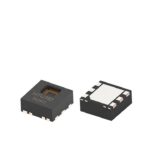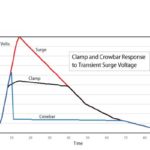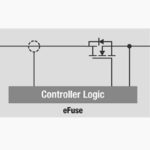 Littelfuse, Inc. announced the compact cartridge fuse series available that’s rated at 500Vac/Vdc with current ratings from 40A to 63A and a 10,000A interrupting rating.
Littelfuse, Inc. announced the compact cartridge fuse series available that’s rated at 500Vac/Vdc with current ratings from 40A to 63A and a 10,000A interrupting rating.
The 607 Series high-current, high-voltage cartridge fuse, designed for overcurrent protection applications, provides a robust solution for demanding high-voltage power supply circuits. The 500V fuse rating is suitable for both AC and DC inputs. With a 10mm x 32mm cartridge body, a single 607 fuse requires less board space than previous designs that used multiple lower current rated fuses in parallel. As a result, designers can reduce the board space they reserve for protection components when designing high wattage equipment. View the video.
Typical applications for 607 Series High-current Cartridge Fuses include Datacenter, Telecom, EV Charging, HVAC systems, Uninterruptable Power Supply (UPS), Inverters, and rectifiers.
The 607 Series High-current Cartridge Fuses offer these key benefits: The compact cartridge fuse series is available with a high 500V rating for both AC and DC, and current ratings from 40A to 63A; High interrupting rating (10KA@500Vac/500Vdc) provides a solution for dual voltage source power supplies suitable for a wide variety of applications; End caps with integrated stand-off leads eliminate the need for mounting accessories or lead-forming processes; Operating temperatures range from -55˚C to 125˚C providing reliable protection in extreme temperature environments; The environmentally-friendly component is RoHS compliant, halogen-free, and 100% Pb-free;
The 607 Series High-current Cartridge Fuses are available in through-hole, 10mm x 32mm packages in trays in quantities of 500.






